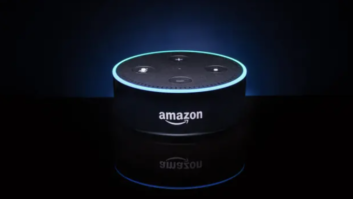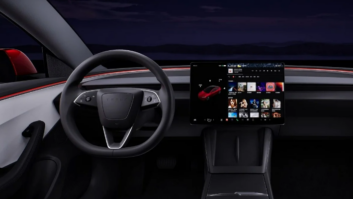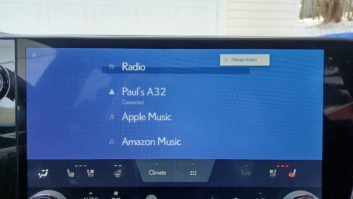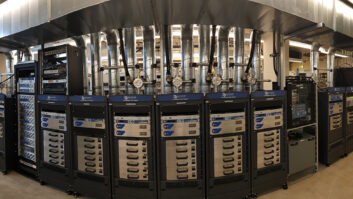
Adoption rates for smart speakers have surprised all of the industry analysts. The most recent data from market researcher Edison Research predicts that 75 % of U.S. homes will own at least one by 2020, just three years from now. Edison also says that 90% of smart speaker owners bought one to listen to music. That’s good news for radio. The catch is, broadcasters might want to get onboard now, while listening habits are still being formed. Digital media technology developer XAPPMedia has just released the Amazon Alexa Radio Report-September 2017, which breaks down the demographics on smart speakers, describes how the upcoming voice era will impact radio and how to get onboard.
Not only is the smart speaker market growing rapidly, but device placement in multiple rooms is becoming more common. Voice command technology promoter Voicebot analysis now predicts that there will be about 1.6 devices per household in 2017. App service technology developer IFTTT quantifies usage data, and reports that 60% of smart speaker owners used their device four or more times per day, and 29% seven or more times per day.
Smart speakers, according to XAPPMedia, hold the promise of reversing the time spent listening decline that began when mobile devices were first introduced. The RAJAR Midas Audio Summary from summer 2017 reinforced earlier findings that on-demand streaming services are the most popular listening option on mobile devices. Streaming commanded 32% of listening time compared to only 23% for live radio. That is a 9% difference.
However, concerning Amazon Echo, XAPPMedia notes, the listener preferences are reversed. Live radio accounted for 67% of audio listening while on-demand streaming services were only 27%. That is a 40 point difference. While on-demand streaming may have developed some advantages on mobile, broadcast radio appears to have a substantial advantage on smart speakers.
This same advantage, according to XAPPMedia, transfers to the automotive market, as voice assistants are being embedded into the digital dashboard. With traditional dash displays, the prize often went to whoever had their logos pre-set. With voice, the visual model goes away, all players are on an equal footing, and the historical differentiators for radio again become apparent.
XAPPMedia concludes with the two steps that radio stations need to take if they want to solidify their brand with smart speaker technology. First, they must have a voice presence where consumers can access their audio content directly, and the station can control the listener experience. Second, they must create and promote that presence while consumers are forming habits around the new devices and new listening experiences. It will be easier to establish that “preset” memory while consumers are forming habits than attempting to change their habits later.












